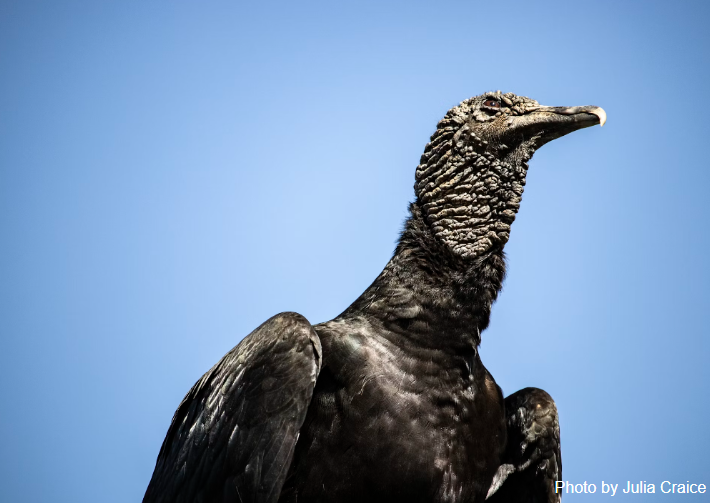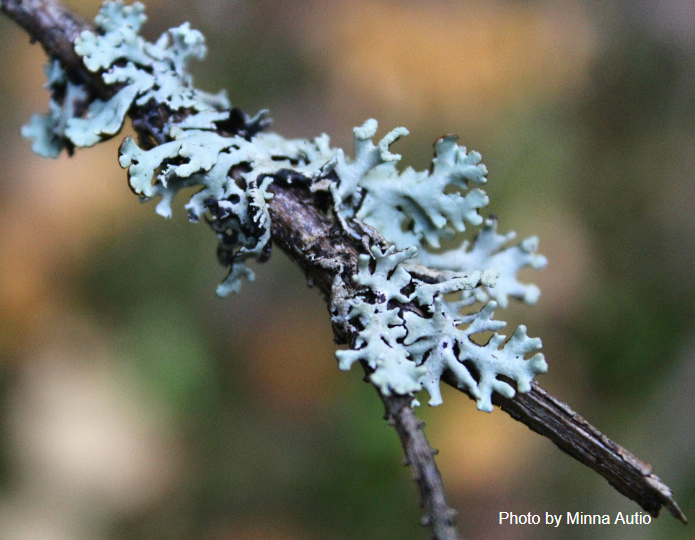Relationships in nature, like those in the human world, come in many forms. While some animals do mate for life and express affection, this is rare. Often, mating rituals and partnerships come down to survival and long-term gene pool diversification. In honor of February and Valentine’s Day, let’s explore amorous relationships in the wild, focusing on a few local animals, plants, bacteria, and fungi.
My Other Half
The Diplozoon paradoxum is a parasitic flatworm that lives in the gills of fish like minnows and carps, sucking their blood for nourishment. An adult D. paradoxum is actually two individuals permanently fused together. The fusion of the two parasitic flatworms into one occurs as part of the mating process. In fact the D. paradoxum is incapable of producing eggs unless joined together with its mate, the two bodies forming an H-shape that resembles a butterfly. This union also increases the flatworm’s lifespan. Without a fused mate, they are unlikely to survive the winter, but joined together, the diplozoon paradoxum can live up to three years.
Monogamy, Or Else
The term “love birds” has its origins in the observed behaviors of birds, who by-and-large, show public affection for their mates and frequently mate with a single individual for life. Ninety-five percent of bird species are considered monogamous, although researchers have shown that, even within a monogamous relationship, many birds have multiple partners. Take the superb fairy wren. This species mates for life, however, researchers Michael Double and Andrew Cockburn used GPS tracking and DNA analysis to show how female superb fairy wrens leave the marital nest in the pre-dawn hours to mate with other males. Their round-trip affairs take a mere fifteen minutes.
Perhaps the answer to infidelity lies with the black vultures. Male and female individuals mate for life, sharing an elaborate mid-air mating dance and family nest. Partners take turns incubating eggs in 24-hour shifts. But, when the male lovebird strays from the nest, watch out! If caught, the whole flock will turn against him, forcing the male black vulture back to the family nest to resume parental duties.

I Really Lichen You
It can look kind of like moss or a plant or even like a powder or bird droppings. Lichen, in fact, is none of these. Lichen is a collection of multiple fungi, algae, and cyanobacteria living in mutualistic relationship like a mini-ecosystem. The fungi provide structure, water, and minerals and the algae provide the energy, through photosynthesis. Together, these organisms are more than simply the sum of their parts, with an enhanced ability to survive in conditions beyond the reach of the individuals alone. There is an incredible diversity of lichens; they come in all shapes, sizes, and colors, each with its own complex 3D structure. In total, lichens cover about seven percent of Earth’s surface. Additionally, lichens can offer valuable data about climate change and environmental conditions. They are extremely sensitive to air pollution and changing temperatures, and as such, can offer a glimpse into early trends in changing ecosystems.

BBC Earth (Ed.). (n.d.). Seven Animals Who Mate for Life. BBC Earth. https://www.bbcearth.com/news/seven-animals-who-mate-for-life
Double, M., & Cockburn, A. (2000). Pre-Dawn Infidelity: Females Control Extra-Pair Mating in Superb Fairy-Wrens. Proceedings: Biological Sciences, 267(1442), 465–470. http://www.jstor.org/stable/1571429
Mullin, S., & Dewey, T. (n.d.). Diplozoon Paradoxum. Animal Diversity Web. https://animaldiversity.org/accounts/Diplozoon_paradoxum/
National Geographic. (2018, January 25). What’s in a lichen? how scientists got it wrong for 150 years | Short film showcase. YouTube. https://www.youtube.com/watch?v=Fkw_VF5zDT0
Young, L. J., & Groskin, L. (2019, January 25). For the love of lichen. Science Friday. https://www.sciencefriday.com/videos/for-the-love-of-lichen/